Photo Essay: Student water sampling in Lititz Run
Students get a hands-on learning experience testing water quality in their backyard
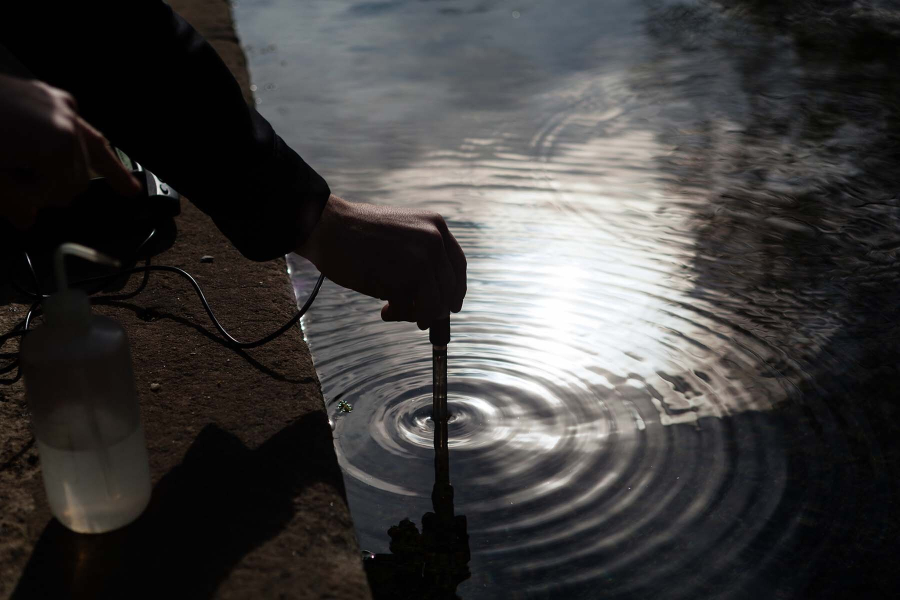
Each spring and fall, a stream gushing from a spring in the middle of Lititz, Pa., becomes the center of attention for a group of Warwick High School chemistry students. Lititz Run starts flowing in Lititz Springs Park, mere yards from the students’ campus, where they begin a biannual field trip to measure their local water quality.
The students get a hands-on learning experience that builds their environmental literacy and also provides meaningful data to the Lititz Run Watershed Alliance (LRWA) and Warwick Township. That data helps them assess completed restoration projects and decide what they want to do in the future to improve Lititz Run, which the Pennsylvania Department of Environmental Protection lists as an impaired stream. It takes just a few miles for Lititz Run to join the Conestoga River, but along the way it picks up pollution from urban runoff, storm sewers, wastewater discharge and agriculture.
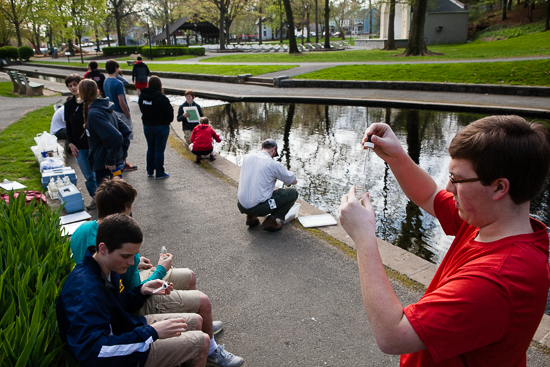
It is up to Warwick teachers Diana Griffiths and Doug Balmer to navigate the logistics of funding, paperwork, and tight curricula needed to pull off the field trips.
“We don’t have a whole lot of time or flexibility to give lots of units on applications of chemistry,” Griffiths said. “So this gives some kids a chance to see some of that chemistry put to use out in the field, even though it’s just a day.”
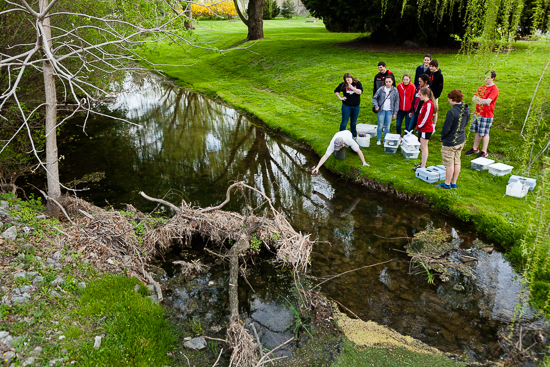
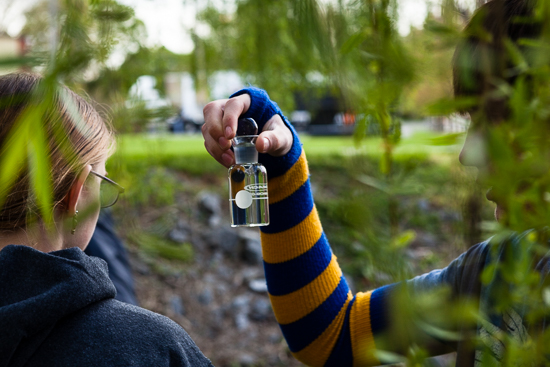
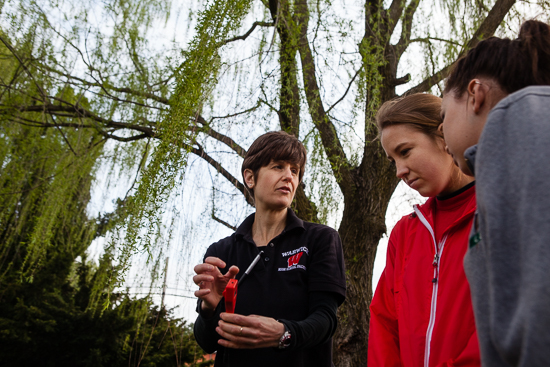
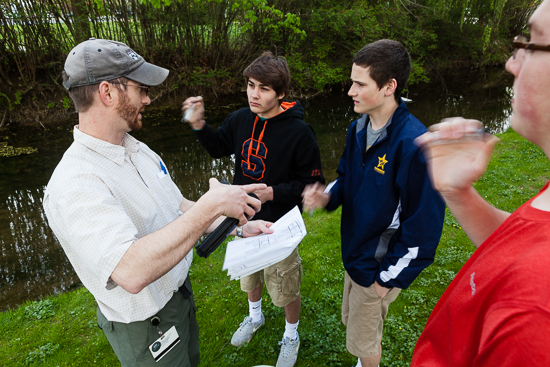
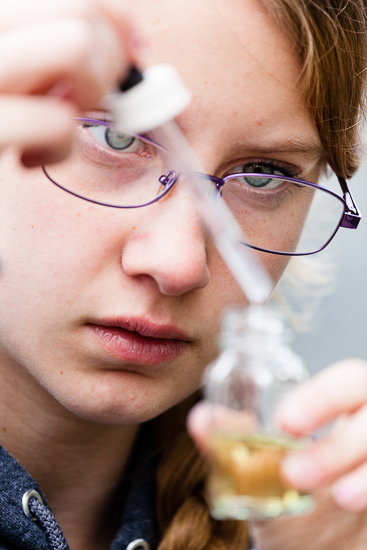
The trips are a partnership between Warwick High School and the LRWA. Matt Kofroth, a watershed coordinator with the Lancaster County Conservation District, has been assisting with the trips almost since they began in 1997. He describes the relationship as symbiotic.
“I’m just very thankful that they continue to be active partners in this, because you see very few communities and watershed groups working together like that,” Kofroth said.
He said it is hard to tease out the effects of restoration, an upgrade to Lititz Wastewater Treatment Plant, tree plantings and public education, but their cumulative positive impact is not surprising.
“It might seem early, but there is a slight decrease in the nutrients [in Lititz Run] over time,” Kofroth said.
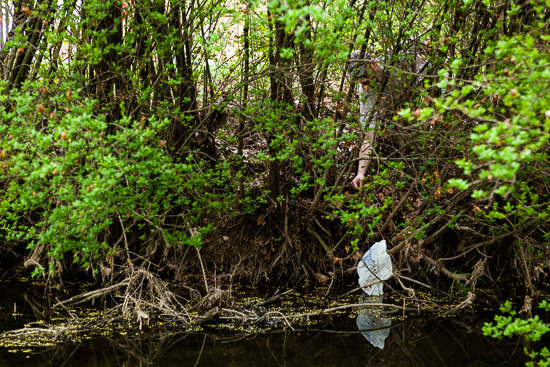
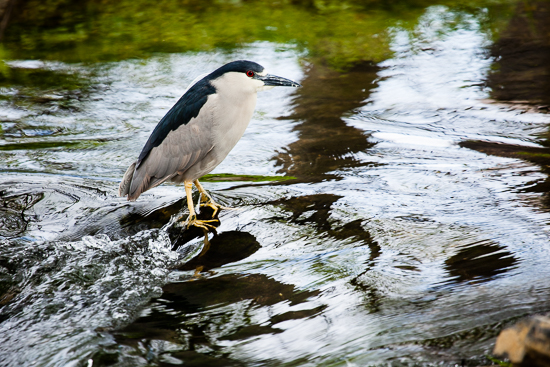
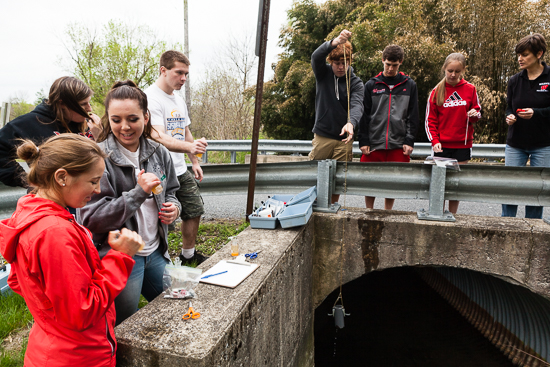
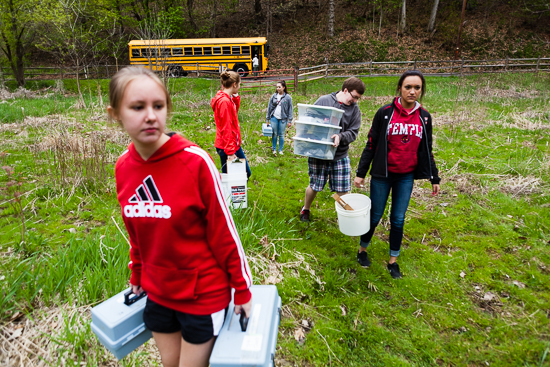
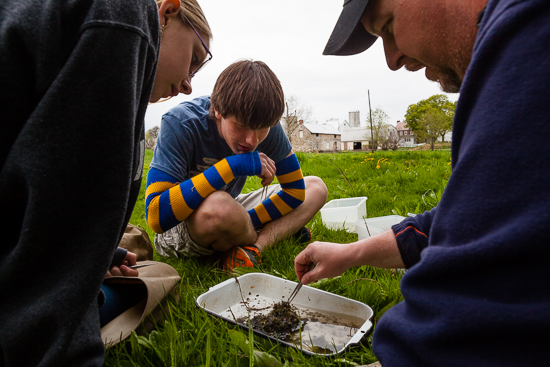
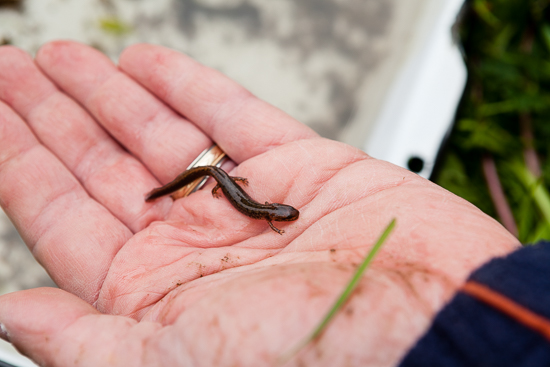
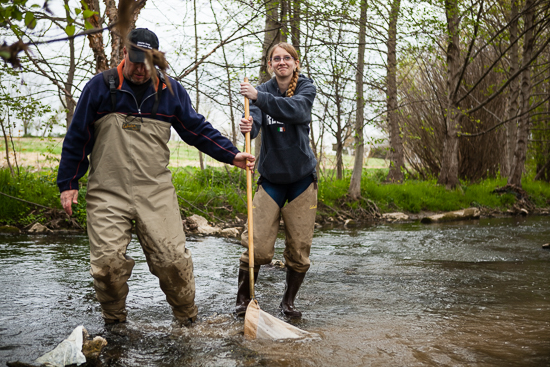
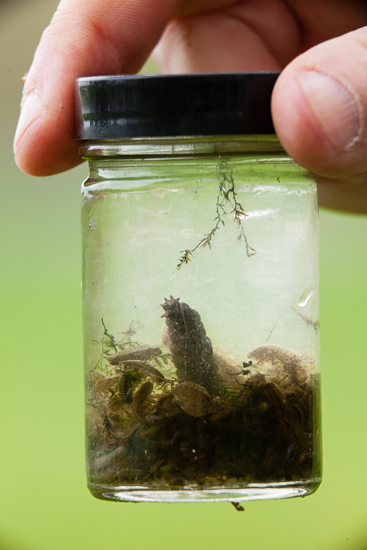
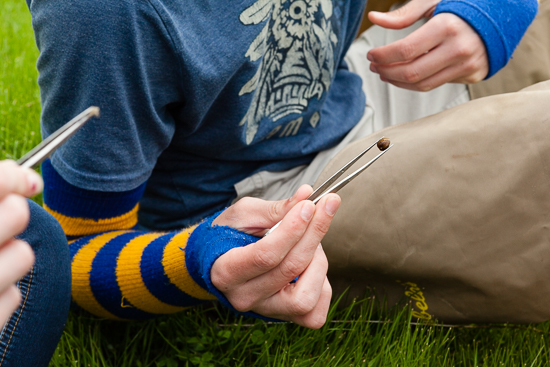

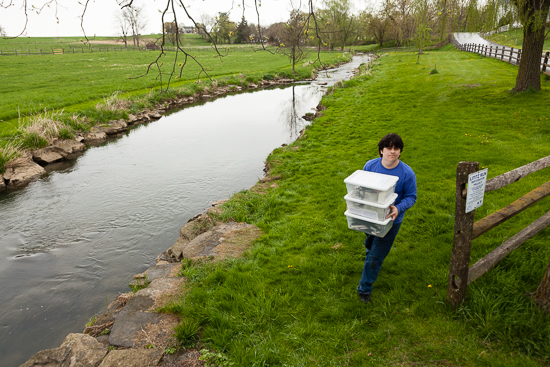
Another piece of evidence for the stream’s recovery is the return of brown trout, which need cold, oxygenated waters to reproduce. Kofroth likens them to a canary in a coal mine.
And for the students, especially those who may have never seen a freshwater macroinvertebrate before, the opportunity to learn outside is a memorable one.
“I’ve had one parent contact me one time and say this is the best field trip their child has ever been on, ever, in their whole school experience. Now I’m not saying that is true for every kid, but for that kid it was just eye opening,” Griffiths said.
“I think just the fact that it’s literally in their town, in their backyard, makes a difference.”
To view more photos, visit the Chesapeake Bay Program’s Flickr page.
Images, captions and text by Will Parson

Comments
There are no comments.
Thank you!
Your comment has been received. Before it can be published, the comment will be reviewed by our team to ensure it adheres with our rules of engagement.
Back to recent stories